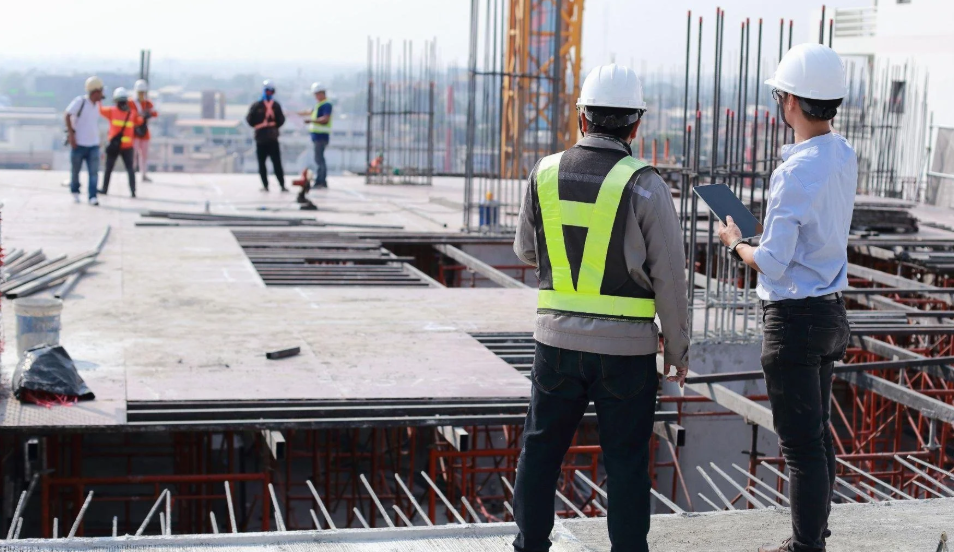Balancing Savings and Style: Value Engineering in Commercial Build-Outs
When a business owner begins planning a commercial build-out in Tampa Bay, balancing cost and design becomes a central concern. Working with a general contractor often involves navigating budgets while still creating a durable space that is compliant with building codes and attractive to clients or tenants. Value engineering provides a path toward reducing cost without diminishing the appearance or performance of a finished space. By approaching decisions with care, project teams can discover savings that preserve long-term value and design intent.
Understanding Value Engineering in Practice
Value engineering does not mean stripping a project of character or quality. Instead, it involves analyzing materials, methods, and systems to determine whether alternatives can achieve the same function at a lower cost. For example, a project may specify natural stone for a lobby feature wall. While beautiful, natural stone can be replaced with high-grade porcelain tile that replicates the appearance, installs more quickly, and requires less maintenance. The effect remains striking, yet the overall project budget benefits.
This process works best when applied early in design. When a contractor collaborates with architects and owners during preconstruction, options for substitution and scope adjustments can be reviewed before commitments are made. Early analysis allows for smoother integration of cost-saving ideas without redesign or delays.
Preserving Durability and Performance
One of the main concerns in commercial construction is whether lower-cost alternatives will withstand years of use. Value engineering does not mean choosing products that fail prematurely. Instead, it emphasizes durability at the right price. A flooring specification provides a clear example. A designer may select imported hardwood for its warmth and appeal. Through value engineering, this may shift to commercial-grade luxury vinyl plank that withstands heavy traffic, resists moisture, and retains its appearance with minimal upkeep. The outcome is a surface that serves tenants for many years while reducing initial and maintenance expenses.
Mechanical, electrical, and plumbing systems also benefit from this approach. Reviewing specifications with engineers may reveal opportunities for more efficient layouts, right-sized equipment, or fixtures that reduce energy and water use. Each adjustment can lower both upfront and long-term operating costs without compromising performance.
Meeting Code Requirements with Careful Selection
Every commercial build-out must comply with applicable codes. This includes fire safety, accessibility, structural integrity, and energy standards. Value engineering never means ignoring these requirements. Instead, it involves finding materials and methods that meet standards at reduced expense. For instance, wall assemblies specified with one brand of fire-rated board may be substituted for another product with equivalent ratings. Lighting may be designed with fewer, higher-efficiency fixtures, meeting brightness standards while reducing material and installation costs.
Compliance remains a non-negotiable factor in commercial construction. The role of value engineering is to explore alternate paths that satisfy the code while reducing unnecessary spending. With an experienced contractor guiding these evaluations, owners gain confidence that savings will not create long-term risk.
Maintaining Design Vision and Aesthetic Goals
A commercial space reflects the identity of the business that occupies it. Owners naturally worry that reducing cost will also reduce visual impact. Value engineering addresses this by identifying where appearance can be preserved through creative solutions. Finishes that replicate premium materials, lighting designs that emphasize focal points with fewer fixtures, or wall coverings that mimic texture at a lower price are all ways to preserve the intended look.
The outcome depends on collaboration between the design team and the contractor. Back-of-house areas can often achieve savings by prioritizing the spaces most visible to clients or customers. This method enables the public-facing design to remain robust while keeping the overall project within budget.
See also: Accelerating Cash Value Growth: Advanced Overfunding Techniques for Whole Life Policies
Examples of Smart Material Choices
Commercial projects often specify glass partitions due to their openness and transparency. A high-end system may feature custom hardware and thick panels. Value engineering can substitute a standardized framing system with thinner panels that still meet safety standards while reducing material and installation costs.
Ceiling finishes offer another example. A project may call for custom wood ceilings that elevate a space but come with substantial cost. Substituting high-quality acoustic panels with wood-look finishes conveys the same warmth while also improving sound control and reducing costs. These adjustments do not weaken design intent but instead refine it to balance practicality with vision.
Through careful collaboration with a general contractor, Tampa Bay businesses planning a commercial build-out can achieve meaningful cost reductions without sacrificing durability, compliance, or appearance. Value engineering allows project teams to explore alternatives, maintain design vision, and deliver long-lasting spaces that support business operations. For guidance in applying these principles and achieving balance between design and budget, business owners may turn to Hybrid Construction, a trusted partner in commercial projects throughout the region.






